Please add image or text logo
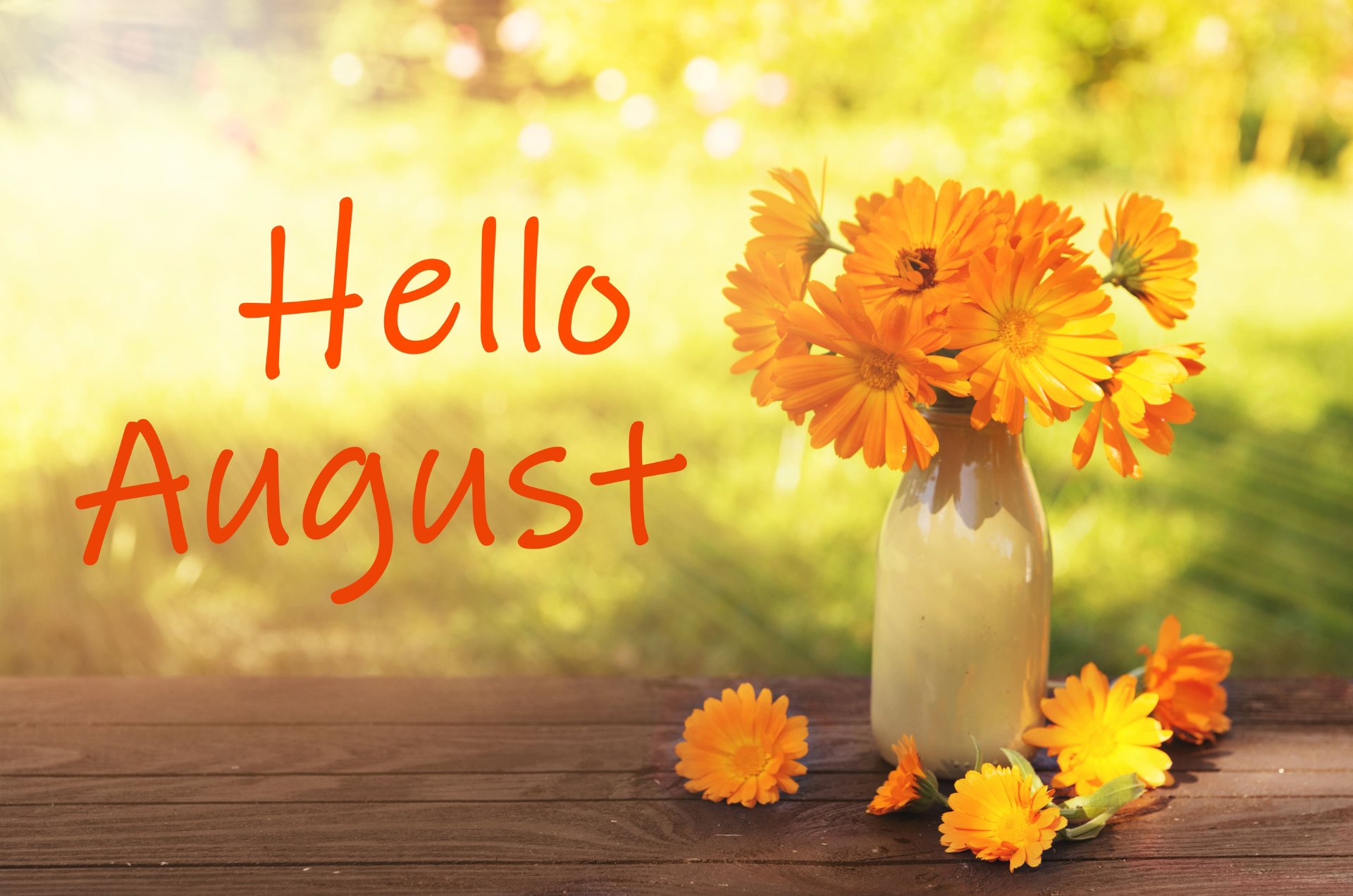
Here is our monthly round-up of news, tips and ideas to make the most of your garden this August!
August is a month to enjoy your garden in full bloom, at the height of its beauty – just in time for the summer holidays!
Of course, there is still plenty to do to keep your garden looking its best this month.
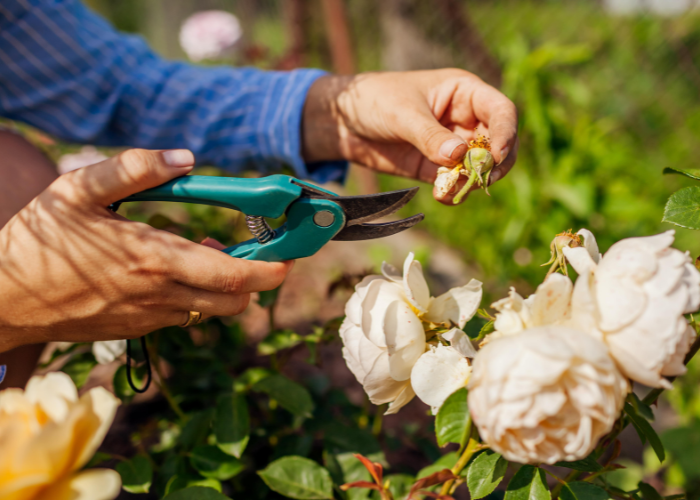
• Prune summer-flowering shrubs – Many summer-flowering plants will finish blooming in August, so this month is an ideal time to prune them. Roses will especially benefit from pruning between now and early winter – reduce the plant’s size by about a third to prevent wind rock.
• Regularly turn compost – Over the coming months, more compostable material will become available in your garden. To encourage speedier decomposition, stir the contents of your compost bin about once a month.
• Cut back faded perennials – It is not too late to cut back hardy perennials, such as Cat Mint and Lady’s Mantle. They may re-flower, depending on the weather, but they will otherwise produce new foliage – which will keep your garden looking healthy.
• Sow hardy annuals – If you’ve been planning the flowers and colours you’d like to see in your garden next year, the end of August is the time to begin planting hardy annuals – such as pot marigold, opium poppy and quaking grass.
• Deadhead regularly – Continue to deadhead plants that are past their best to encourage them to produce flowers throughout autumn. Dahlias benefit greatly from this – you can even cut their stems to plant indoors for beautiful displays.
• Protect delicate plants from the sun – Even opening vents in a greenhouse can sometimes not be enough to protect plants from the sun when it’s at its hottest. Those with delicate leaves or abundant growth, such as leafy herbs, are often most at risk of damage. Put these plants in complete shade if the weather is due to be hot, but avoid starving them of light for too long.
• Look out for pests – At their peak during the summer months, Asparagus beetles lay tiny dark eggs on asparagus foliage. This larvae will feed on the asparagus, damaging current crops and impacting how well they will perform next year. If you find any of these pests or their larvae, remove them from the plant and throw them into a bucket of soapy water.
• Intercrop – Fast-growing crops, such as kohlrabi, are perfect for growing in the spaces between slower-growing veg, as they can be harvested before the slower ones need the space to grow.
Visit one of our centres to pick up essential gardening tools!
Need some ideas for a fun day out with your children? Look no further!
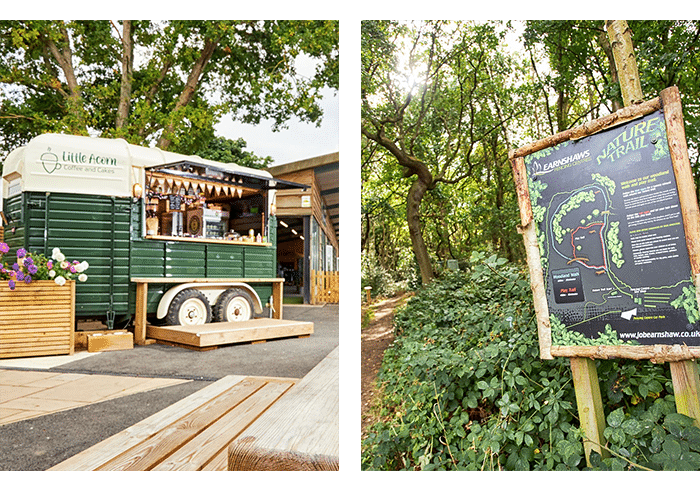
Our Midgley centre is an ideal destination for a family outing! You can visit our popular ‘Little Acorn’ coffee stop and have the option of two woodland walks.
The Little Acorn is housed in a converted vintage horse box, where we serve a variety of hot and cold food and drink daily, including Yummy Yorkshire ice cream! We have plenty of outdoor seating, and cover in case of a shower.
Have an adventure with your children on our two nature trails of differing lengths. There are historical facts about the area dotted throughout, so you can explore and learn at your own pace!
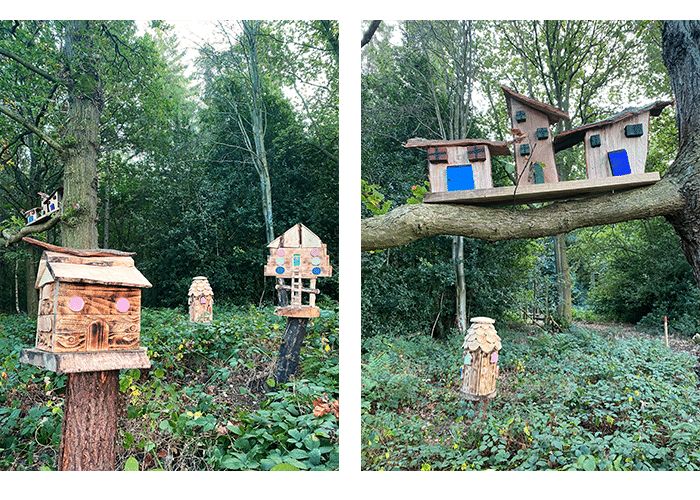
Discover the nature-themed fairy trail at Midgley! It’s a FREE family activity for summer break. Let your children run, explore, and learn about local nature.
Each fairy represents a woodland species, with unique wings designed by artist Lanson Moore. Find hidden fairies, discover top tips, and uncover interesting facts along the way.
Don’t miss this opportunity to create memorable summer moments with your family!
Pick up your Hidden Fairy Nature Trail activity sheet from the Little Acorn and let the magical fairy search begin.
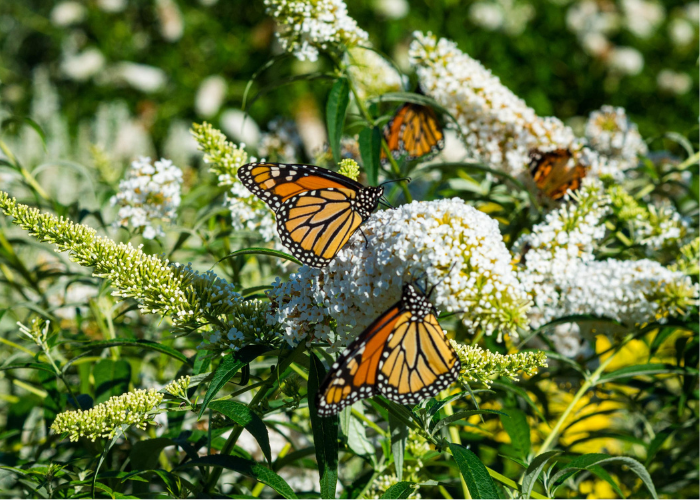
Making your garden a haven for wildlife doesn’t have to be complex or expensive – here are some of the simpler ways to create homely habitats for a variety of species this summer.
• Plant grasses – Long grasses encourage the creation of communities of plants, offering shelter to insects, small mammals and birds. Pennisetum orientale, Calamagrostis ‘Karl Foerster’, Cortaderia richardii, and Milinia ‘Transparent’ are all lovely options to add dimension to your garden and support your local wildlife.
• Create a log pile – This simple project provides refuge for insects, amphibians such as frogs and toads, and small mammals such as mice. Simply gather any logs and twigs that you find and stack them in a quiet area of your garden.
• Keep your compost active – Both contained and open compost heaps provide homes and food for a variety of animal species. Compost bins offer shelter to bumblebees, slow worms, and even mice and voles – while open heaps allow birds to search for insects.
• Plant for pollinators – Butterfly and moth species are in decline, but what you choose to plant can help them thrive. For effective pollination, plants with tubular flowers containing lots of nectar, such as Buddleia, are ideal. Plants with flat ‘landing platforms’, such as Verbena bonariensis and Hylotelephium spectabile are also perfect. Night-flying moths will pollinate plants that open in the evening, such as honeysuckle (Lonicera) and night-scented stocks (Matthiola). Visit us in-store to pick up a variety of plant and flower seeds.
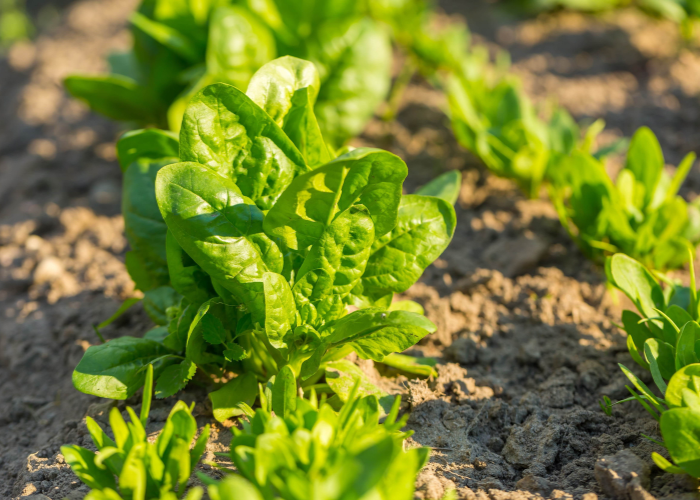
• Florence fennel – Sow the seeds 2.5cm deep and 30cm apart. To prevent this plant from bolting, keep the soil moist. Adding a thick layer of mulch will help the soil to maintain its moisture.
• Kohlrabi – Sow kohlrabi 1.5cm deep and 23cm apart. Avoid the crop becoming wood-like, by harvesting when the swollen stem is no larger than a tennis ball.
• Pak choi – These leafy greens should be sown 2cm deep and 30cm apart. Water regularly to ensure the soil stays moist, as this encourages plentiful leaf growth.
• Spinach – Sow 2cm deep and 15cm apart. Use fine-mesh netting to protect the leaves against damage from pests and birds.
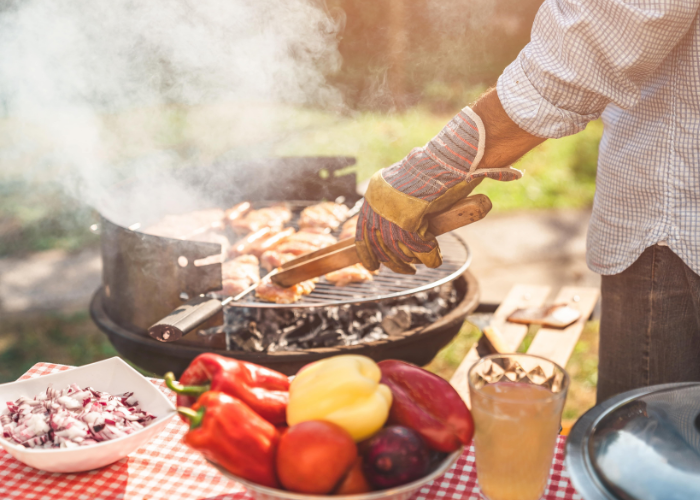
Take advantage of the warm summer days in August by gathering in the garden for a delicious barbecue!
Did you know that anything you can cook on a traditional grill can also be barbecued on a fire pit or chimenea?
We have a range of firepits and chimeneas in stock for all your outdoor dining needs – our fire pits come with optional barbecue grill griddles.
To light your barbecue, we have lumpwood charcoal available all year round. Our charcoal burns efficiently and at a consistent heat, making it perfect for barbecuing steaks, burgers and bangers!
If you love the flavour of wood cooked food, both our centres stock ready to burn, kiln-dried firewood logs all year round!
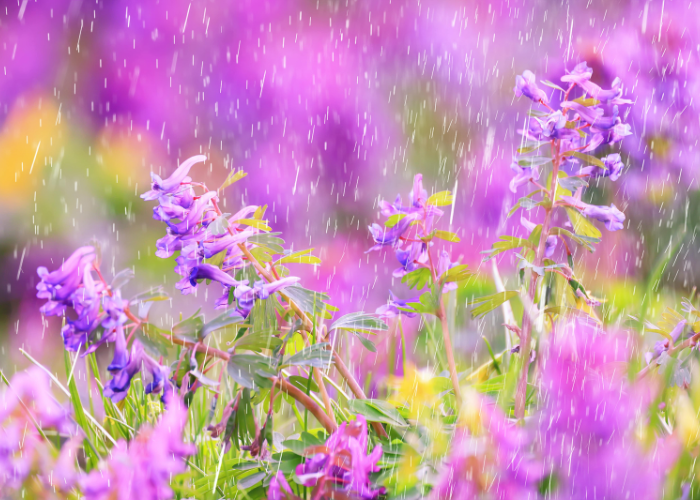
Increasing changes in the climate have meant that our British summers are becoming more and more unpredictable. It can be hard to know how best to manage your garden and keep the wildlife happy when the weather can change on a whim. Here are some great tips to manage your garden through unpredictable summers!
• Keep up with weeding – Weeds will steal water away from your plants and will and attract unwanted pests such as slugs and snails.
• Use pebbles in your shrub tubs – Using pebbles for your shrubs in tubs will help to keep their roots cool in hot weather, and will make it harder for birds to uproot your plants.
• Don’t cut your grass too short – Cutting your grass too short will make it more likely to burn in hotter weather, whereas longer grass keeps moisture in!
• Mulch your new plants – Mulching ensures moisture is retained and will stifle weeds.
• Choose larger containers – Smaller planters need to be watered more frequently than larger planters, so choosing a larger option will save both time and water.
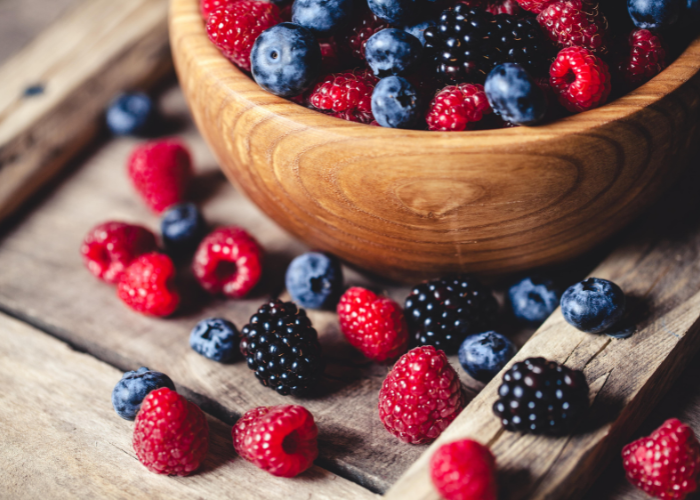
• Cauliflower – Cauliflowers sown in spring should be ready to harvest. Cut the main head when it is around 6-8 inches in diameter, but keep the plant in the ground, as it will continue to produce smaller florets.
• Cucumbers – Check cucumber plants regularly, as the fruits can grow rapidly. It is best to harvest cucumbers when they are young, as older plants can become bitter.
• Runner beans – Harvest runner beans when they are young and tender, around 15-20cm long. Harvest every few days to keep them producing – if a pod reaches maturity, it will stop flowering completely.
• Broccoli – It is best to harvest broccoli in the morning when the florets are firm, just before they flower. If there are any yellow petals, harvest immediately as the quality of the plant will begin to decrease rapidly.
• Blackcurrants – Some varieties of blackcurrants will continue to produce fruit well into August, however early harvests can be frozen to enjoy later in the year.
• Blackberries – These berries tend to reach their prime between August and September. Be sure to pick the firmest berries, as squashed berries will spoil quicker.
• Blueberries – Once a berry changes from green to a dusky blue, it is ready to pick. The berries won’t all ripen at once, so it is best to check them regularly and harvest as required.
• Raspberries – Raspberries can continue ripening until the first frosts, but the fruits are ready to pick when they are rich in colour, plump and easy to pull off the plant.

Outdoor Cooking: The Ultimate Modern Barbecue Bible by Tom Kerridge
From simple but brilliant burgers to feasts from around the world – this is the ultimate barbecue bible from one of Britain’s best-loved chefs.
Available from Amazon here.
“This morning, the sun endures past dawn. I realise that it is August: the summer’s last stand.”
– Sara Baume